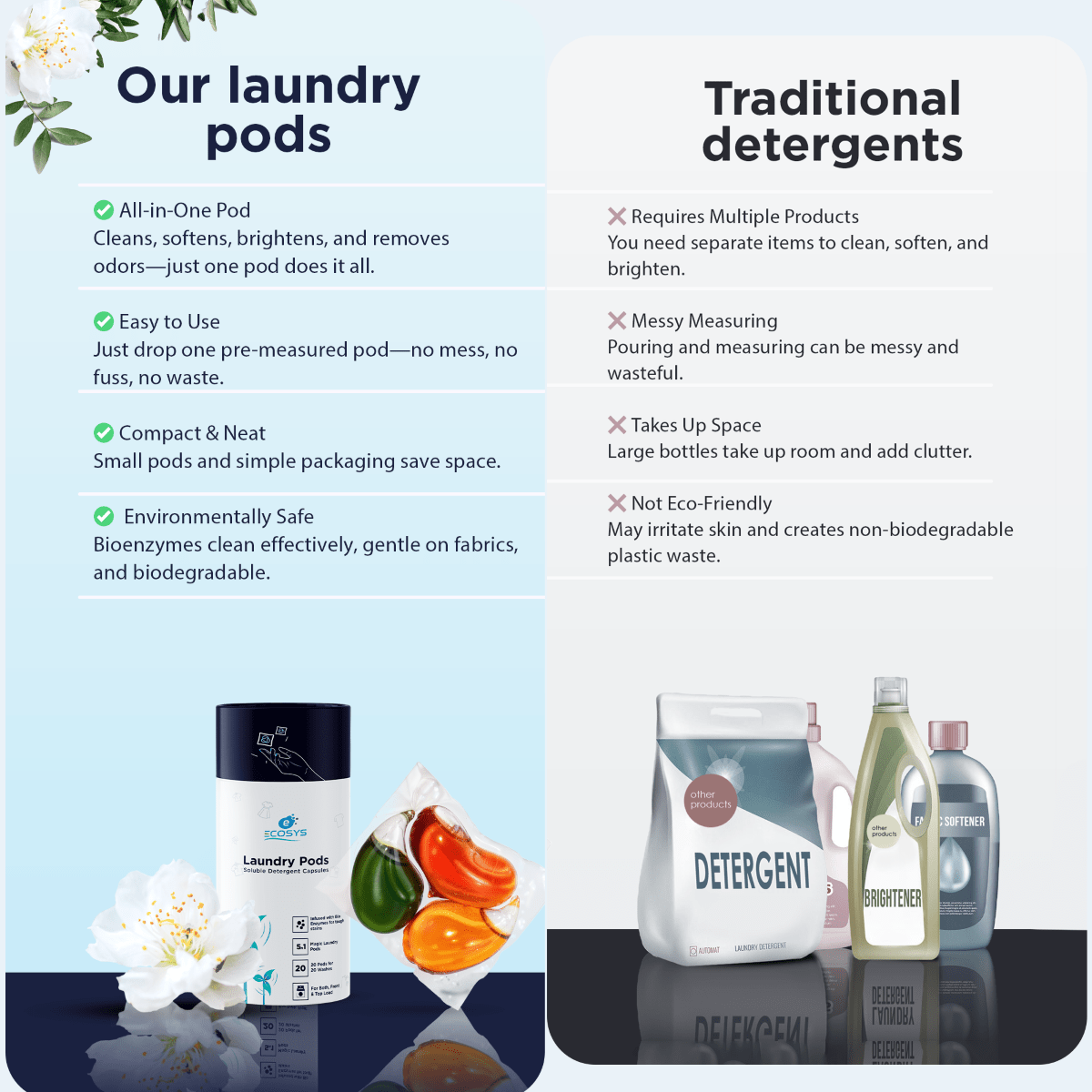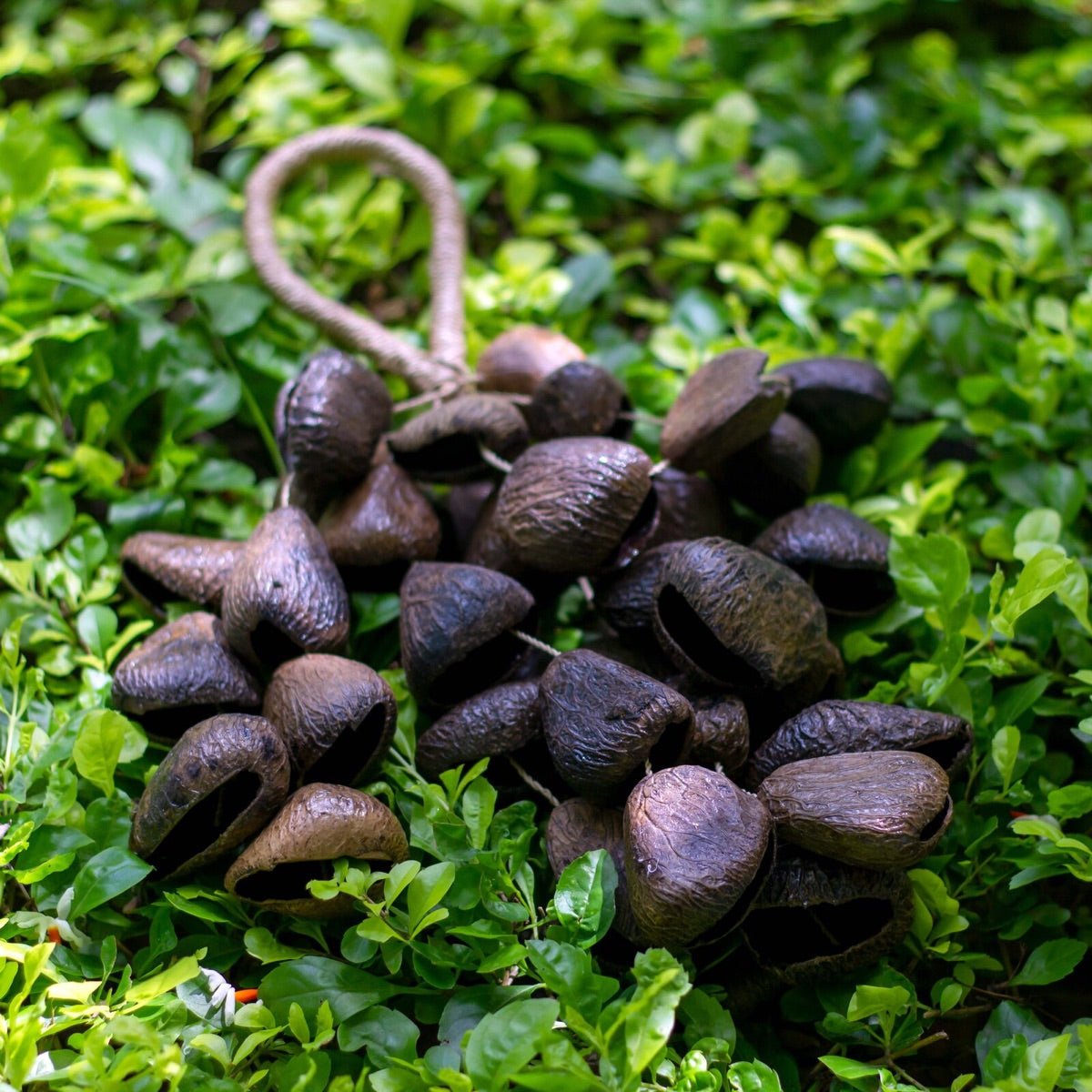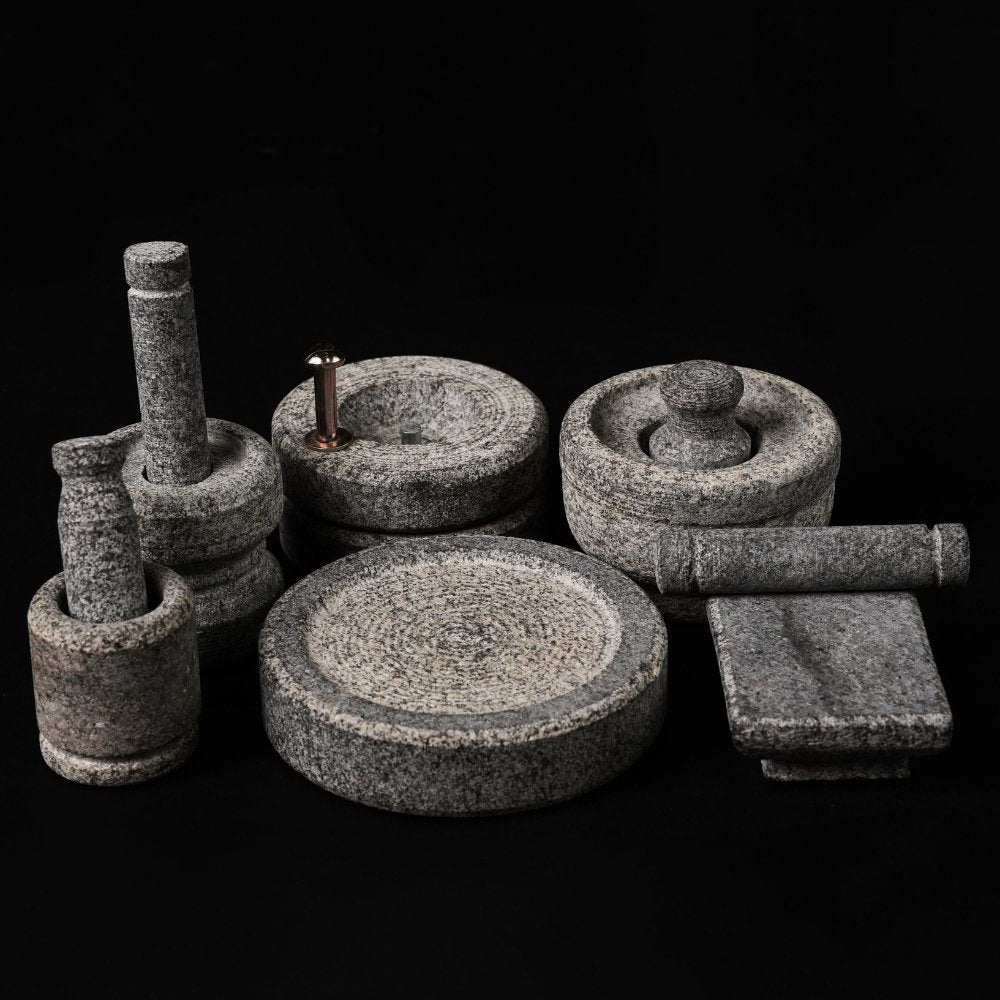Sanitary products are vital for women's health and wellness. Unfortunately, since they were deemed medical products in high demand, many companies took advantage of manufacturing them with chemicals and other practices that strangled natural resources to make higher profits.
However, with the rising popularity of sustainability, countermeasures were taken to introduce natural sanitary products that use natural materials with minimal usage of natural resources and are manufactured in the best earth-friendly way possible. Though it might sound costly, in reality, it's worth trying to save human health and the planet’s future. Check it out by scrolling through this post and start investing in these products.
The Environmental Repercussions of Conventional Sanitary Goods Explained
Conventional Sanitary pads are known for their undeniable benefits for personal convenience and hygiene. However, their environmental costs cannot be ignored. The following shows the dangerous impact of these goods on the environment to enlighten you;
-
Raw Material Consumption and Deforestation
Generally, wood pulp is used to manufacture sanitary goods, and this wood is derived from trees. Because of its huge demand, vast areas of trees are harvested to meet the product demands. This creates an ecological imbalance, resulting in climate change, biodiversity threats, and lowered carbon dioxide absorption capacity from the earth. Moreover, producing wood pulp requires a lot of energy and water, which results in the depletion of natural resources.
-
Greenhouse Gas Emissions and Carbon Footprint
Producing sanitary goods involves many processes, from raw material extraction to disposal. At each stage, greenhouse gas emissions are released, such as methane, carbon dioxide, and nitrous oxide. Additionally, the reliance on fossil fuels for energy-intensive transportation and manufacturing further exacerbates air pollution and climate change.
-
Non-Biodegradability and Plastic Waste
The major threat to the use of conventional sanitary goods is their composition, which predominantly comprises plastic. Though they offer the best features such as adhesiveness, waterproofing, and absorbent gel, upon usage and disposal, they end up causing land pollution through landfills since they contain synthetic materials such as polypropylene and polyethylene, which further makes plastic pollution an unstoppable phenomenon.
-
Chemical Contamination and Water Pollution
A conventional sanitary napkin is generally infused with chemicals such as phthalates, dioxins, and formaldehyde, used for fragrance, bleaching, and absorbency during manufacturing. If not properly disposed of, they can leach into the soil, contaminate water bodies, and threaten the aquatic ecosystem and organisms. Finally, it can affect the human food chain.
-
Waste Management Challenges and Overburdened Landfills
Dumping sanitary goods poses a significant threat to waste management. Because of the huge amounts, they quickly exceed the optimal capacity, hampering the smooth functioning of the existing recycling facilities and infrastructure. As a result, they keep overflowing and eventually release harmful liquids and gases that pollute the water and the soil.
Health Advantages of Eco-Friendly Sanitary Products
Sustainable alternatives such as reusable sanitary pads benefit health in numerous ways. Take a look at it here:
- Since these products contain earth-friendly materials like 100% cotton, hypoallergenic medical-grade silicon, and an antibacterial core that is free from fragrances, dyes, and chlorine bleaching, they can lower the risk of inflammation and irritation compared to the conventional ones.
- Because these products can be changed frequently, they prevent the growth of unwanted bacteria that can cause bacterial vaginosis (BV), yeast infections, or urinary tract infections (UTIs). Further, it reduces infections and imbalances since they are made from natural fabrics and smooth silicon.
- Unlike conventional sanitary products, sustainable alternatives maintain healthy vaginal pH stopping the growth of bad bacteria because of natural materials like chlorine-free cotton and other sustainable ingredients.
- These products offer comfort and freshness without emitting odors because of the organic cotton tampon. Moreover, the moisture-wicking layers prevent friction and dryness.
- It reduces pain and cramping because these goods are free from chemicals.
Cost-Effectiveness of Sustainable Sanitary Goods
Eco-friendly sanitary pads might sound expensive because of their robust features. However, if you examine them closely, keeping in mind their benefits over conventional ones dumped in all the stores today, they might sound cost-effective. Moreover, their ability to be reused may be advantageous for you instead of repeatedly investing in single-use tampon boxes or sanitary pads.
Empowerment and Choice Through Sustainable Options
Natural sanitary pads have a positive social impact in various ways. A few of them include;
- It empowers women's employment who manufacture these products with a stable income and combating period poverty.
- Reduce school absenteeism due to menstrual constraints and help promote female education and overall development.
- Lowers health risks as these products are plastic-free and biodegradable. Besides that, they do not cause harm to the environment.
Conclusion
Now that you know the benefits of natural sanitary pads to human health and how they preserve the planet, it is high time that you wake up to be the change to protect yourself and the environment around you. Shop online at BrownLiving to enjoy the wide range of earth and body-friendly sanitary products for blissful comfort all Day, every Day!
Check out Eco-friendly Sanitary Pad:
















Share:
Sustainable Republic Day: Eco-Friendly Celebration Ideas
7 Non-Toxic Scented Candles That Smell Naturally Fantastic